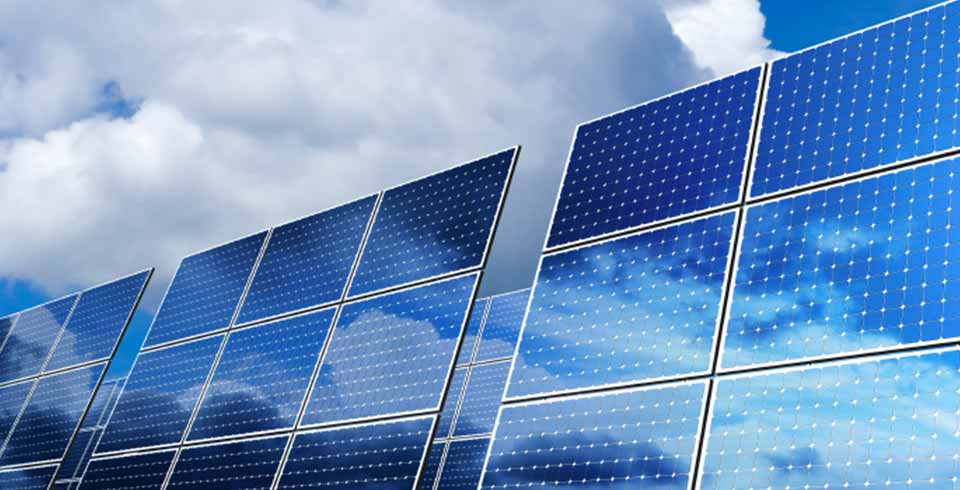
In the rapidly growing field of solar energy, the Balance of System (BOS) components play a critical role in ensuring that solar installations operate efficiently and effectively. BOS components encompass everything in a solar power system except the solar panels themselves, making them an essential part of any solar energy setup. This article will provide an overview of what a BOS solar system is, its components, and how these components work together to create a functional solar energy system.
What is a BOS Solar System?
BOS stands for Balance of System, a term used to describe all the components and equipment in a solar power system, excluding the photovoltaic (PV) panels. These components are essential for connecting, supporting, and managing the energy generated by the solar panels. BOS components are crucial in converting, distributing, and storing solar energy, making them indispensable for any solar installation.
The Purpose of BOS Components
BOS components serve multiple purposes in a solar energy system:
- Energy Conversion: BOS components convert the direct current (DC) generated by solar panels into alternating current (AC), which is used by most electrical devices and systems.
- Energy Storage: Some BOS systems include energy storage solutions, such as batteries, to store excess energy generated during the day for use at night or during periods of low sunlight.
- System Monitoring and Control: BOS components include devices that monitor and control the flow of energy, ensuring the system operates efficiently and safely.
- Structural Support: BOS includes the physical structures that support the solar panels and other equipment.
BOS systems are used across various industries, including residential, commercial, industrial, and utility-scale solar installations. Their role is to ensure that solar power systems are reliable, efficient, and capable of meeting the energy needs of the users.
Key Components of a BOS Solar System
A BOS solar system comprises several critical components, each with a specific function that contributes to the overall performance of the solar power system. Here are some of the main components:
1. Inverters
Inverters are perhaps the most crucial component of a BOS system. They convert the DC electricity produced by solar panels into AC electricity, which can be used by household appliances and fed into the electrical grid. There are different types of inverters, including string inverters, microinverters, and central inverters, each suited to different types of installations.
2. Mounting Systems
Mounting systems are the physical structures that secure solar panels to the roof, ground, or another structure. These systems must be durable and designed to withstand various environmental conditions. Mounting systems come in various forms, including fixed mounts, tracking systems (which follow the sun’s path), and carport structures.
3. Electrical Wiring and Cabling
Electrical wiring and cabling are essential for connecting the various components of the solar system, including the solar panels, inverters, and other electrical devices. High-quality wiring ensures minimal energy loss and safe operation of the solar power system.
4. Combiner Boxes
A combiner box is used in solar installations to combine the output of multiple solar panels into a single output. This component simplifies the wiring process and provides a convenient location for fuses and circuit breakers that protect the system from electrical faults.
5. Batteries and Energy Storage
Batteries are an optional but increasingly common component of BOS systems. They store excess energy generated by the solar panels during the day for use at night or during cloudy periods. Energy storage is especially important in off-grid solar systems or in areas where grid reliability is a concern.
6. Charge Controllers
Charge controllers are used in systems that include batteries. They regulate the flow of electricity from the solar panels to the batteries, ensuring that the batteries are charged properly and are not overcharged, which can damage them.
7. Monitoring Systems
Monitoring systems track the performance of the solar power system, providing data on energy production, consumption, and system health. These systems can be accessed remotely and are critical for diagnosing issues and optimizing system performance.
How These Components Work Together
The components of a BOS solar system work in tandem to ensure that the energy generated by the solar panels is efficiently converted, distributed, and stored. For example, the solar panels generate DC electricity, which is then converted to AC by the inverters. The mounting systems provide a stable platform for the panels, while the wiring and cabling ensure that electricity flows safely between components. Combiner boxes, charge controllers, and batteries manage and store energy, while monitoring systems keep track of everything to ensure optimal performance.
Conclusion
A BOS solar system is a vital part of any solar energy installation, comprising all the components that allow solar panels to function as an efficient energy source. From inverters to mounting systems, each component plays a specific role in converting, distributing, and storing solar energy. Understanding the different components and their functions is essential for anyone involved in the solar industry, whether you are a homeowner considering solar energy, a contractor, or an energy professional. With the right BOS components, a solar power system can operate efficiently, providing reliable and sustainable energy for years to come.

